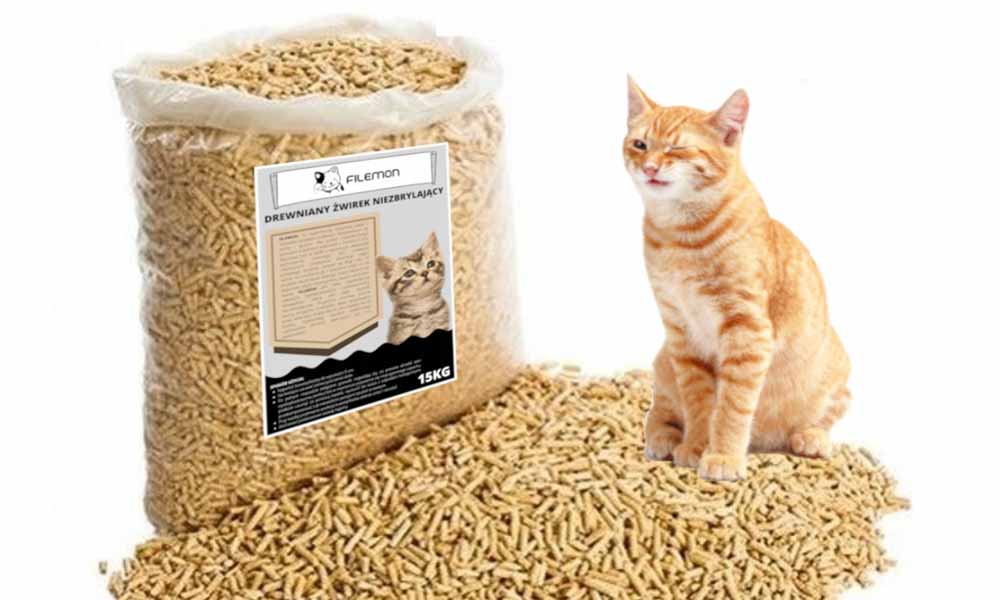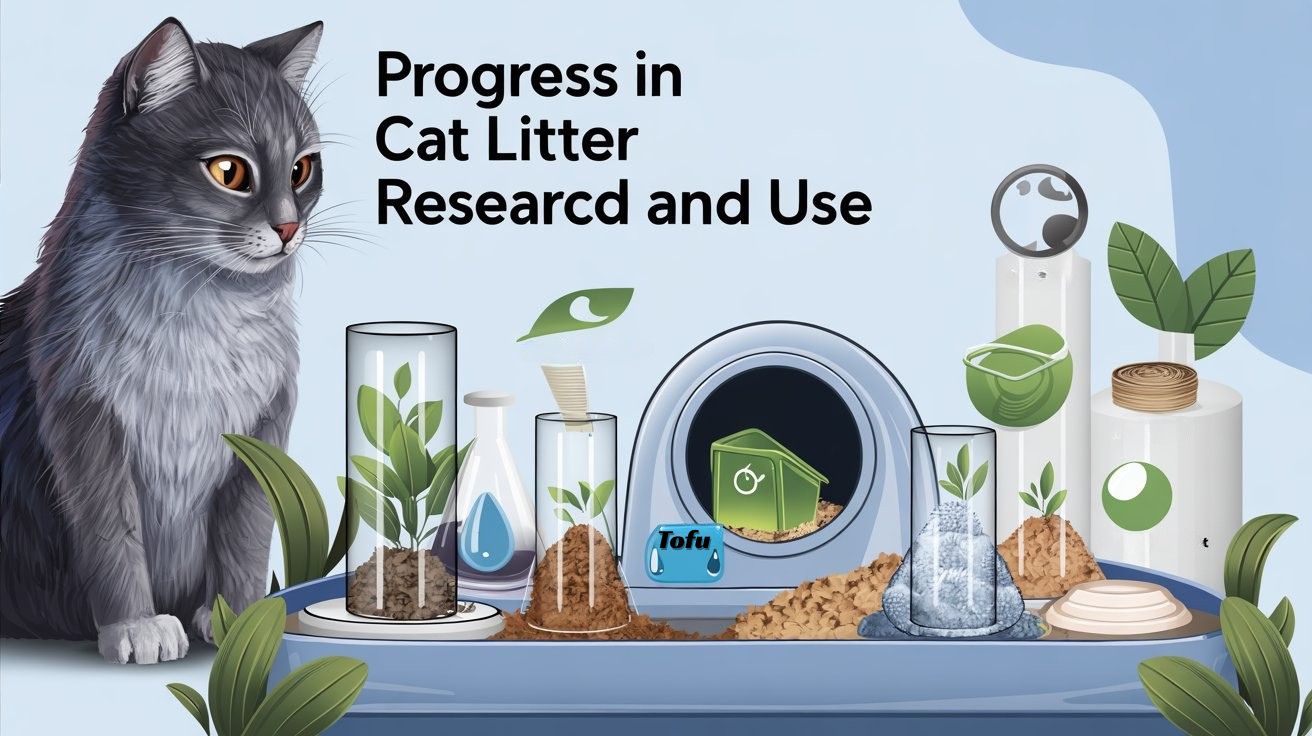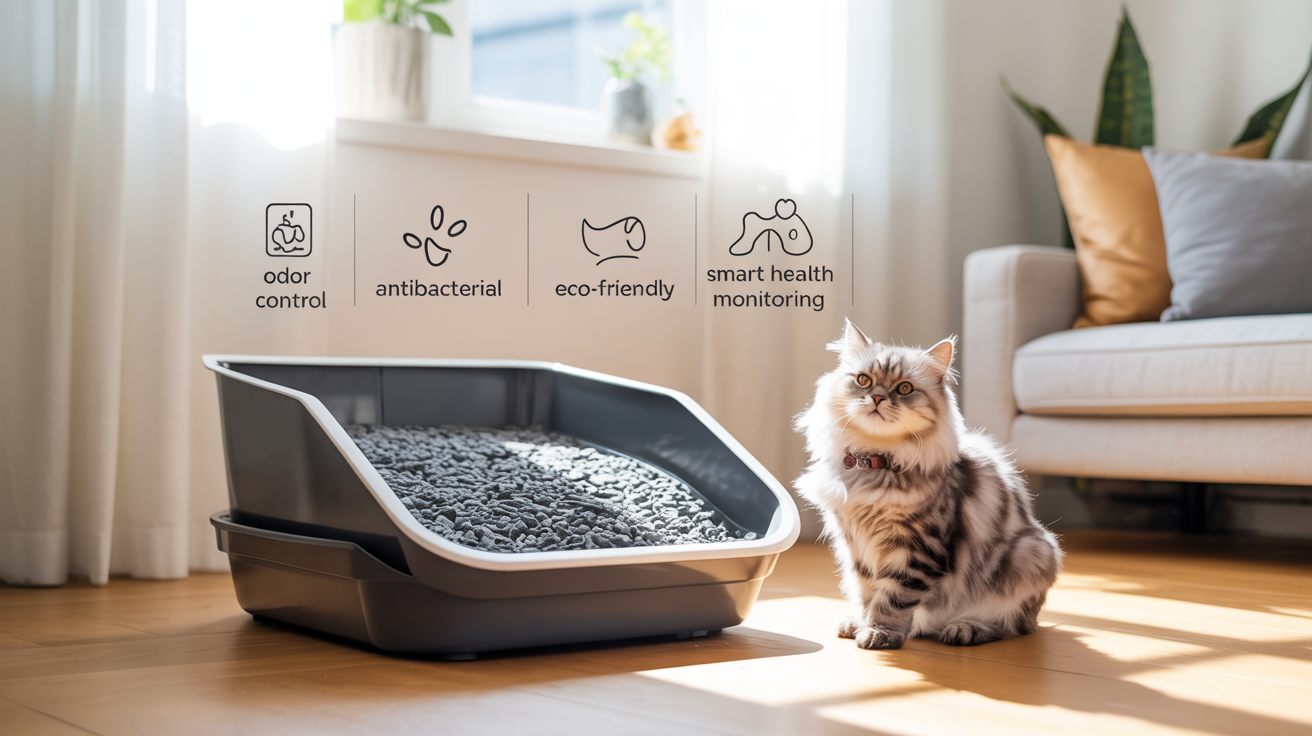The Environmental Impact of Using Pine Wood vs Other Litters
In the growing world of sustainable living, even something as routine as choosing cat litter can have a significant environmental impact. Pet parents today are more conscious than ever about the products they use—not just for their pets’ health, but for the health of the planet. Among the many choices available, pine wood litter has gained a reputation as a more eco-friendly option. But how does it really compare to other popular litter types?
In this article, we’ll take a deep dive into the environmental impact of using pine wood cat litter versus alternatives like clay, silica, tofu, and recycled paper. We’ll break down how each type is made, how it’s disposed of, and what it means for ecosystems, landfills, and air quality. If you’re looking to make a cleaner, greener choice for your feline friend, this is the guide you need.
What Is Pine Wood Cat Litter?
Pine wood litter is made from compressed sawdust or wood shavings, typically sourced from recycled lumber or reclaimed wood. This litter is commonly formed into pellets or granules and is known for its natural odor control, low dust, and biodegradability.
The production process often involves using wood byproducts that would otherwise go to waste—meaning pine litter can be an excellent way to repurpose materials sustainably.
Why the Type of Cat Litter Matters for the Environment
You might be surprised to learn that cat litter contributes millions of tons of waste to landfills every year. Many litters are made using environmentally damaging practices, are non-biodegradable, or release harmful pollutants during their life cycle.
Choosing a sustainable litter can:
-
Reduce landfill waste
-
Minimize carbon emissions
-
Lower water and energy usage
-
Prevent habitat destruction from mining
This is why it’s so important to examine the life cycle and ecological footprint of your cat’s litter—not just what it does in the box.
Environmental Benefits of Pine Wood Cat Litter
Let’s start with the positive side. Here’s how pine wood litter benefits the environment:
1. Made from Recycled Materials
Pine litter is often created from wood scraps, sawdust, or reclaimed lumber, reducing demand for freshly cut trees. This helps conserve forests and cuts down on wood waste.
2. Biodegradable and Compostable
Unlike clay or silica-based litters, pine litter is 100% biodegradable. It can break down naturally in compost or landfills, making it a zero-waste solution if disposed of correctly.
3. Low-Dust and Chemical-Free
Pine litter is typically free from artificial fragrances and contains natural antimicrobial agents, reducing the need for chemical additives that can harm the environment and your cat’s respiratory system.
4. Minimal Processing Required
Producing pine litter requires less energy and water than mining, drying, and refining clay or silica crystals.
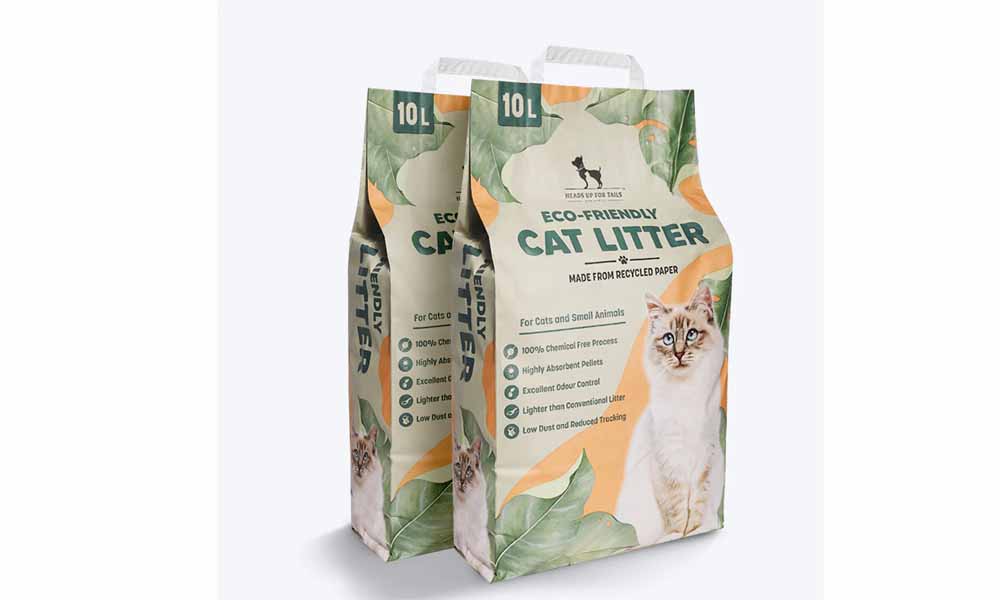
How Clay Litter Damages the Environment
Clay-based litter, especially sodium bentonite, is one of the most commonly used types—but it’s also one of the least eco-friendly.
Strip Mining for Clay
Clay is extracted via strip mining, a process that:
-
Destroys ecosystems
-
Erodes soil
-
Contributes to deforestation
-
Releases CO₂ from heavy machinery
Non-Biodegradable Waste
Clay litter does not decompose in landfills. It can sit for decades without breaking down, contributing to massive waste build-up.
Dust Pollution and Silica Exposure
Clay litters often contain silica dust, which poses health risks to cats and humans and contributes to airborne particulate pollution.
Silica Litter: Cleaner But Still Problematic
Silica gel litter, made from sodium silicate sand, is another popular option due to its moisture control and long-lasting use. But don’t be fooled—its production and disposal are far from sustainable.
High-Energy Manufacturing
Silica requires intense heating and processing, consuming large amounts of fossil fuels and emitting greenhouse gases.
Non-Renewable Resources
Silica is mined from quartz sand, a finite resource, and its extraction contributes to habitat disruption and dust pollution.
Non-Compostable
Used silica litter cannot be composted and is not biodegradable, ending up in landfills like clay.
Recycled Paper Litter: Another Eco-Friendly Option?
Recycled paper litter is often praised for being biodegradable, dust-free, and safe for kittens and asthmatic cats. It’s made from old newspapers or cardboard and compressed into pellets or granules.
Pros:
-
Made from post-consumer waste
-
Compostable and biodegradable
-
Low impact in terms of mining or harvesting
Cons:
-
Lower absorbency than pine
-
May need to be changed more frequently
-
Can become soggy and messy
While recycled paper is environmentally sound, many cat owners find pine litter more effective in odor control and absorbency.
Tofu Litter: Plant-Based but Not Always Perfect
Tofu cat litter is made from soybean residue, making it another strong eco contender. It’s flushable, biodegradable, and low-dust.
Environmental Upsides:
-
Uses byproducts from the food industry
-
Minimal processing required
-
Naturally compostable
Environmental Downsides:
-
Some products are imported long distances, adding to the carbon footprint
-
May contain added starches or chemicals depending on the brand
Compared to tofu litter, pine still holds the advantage in terms of local production and less processing.
Transportation and Packaging: The Hidden Costs
An often-overlooked factor is how the litter is packaged and transported:
-
Clay and silica are heavy, increasing fuel use during shipping.
-
Plastic bags used in traditional litter packaging are non-recyclable and add to landfill waste.
-
Pine and paper litters often come in recyclable paper bags and are lightweight, making their transport more eco-efficient.
By reducing fuel emissions and plastic usage, pine litter comes out ahead in yet another category.
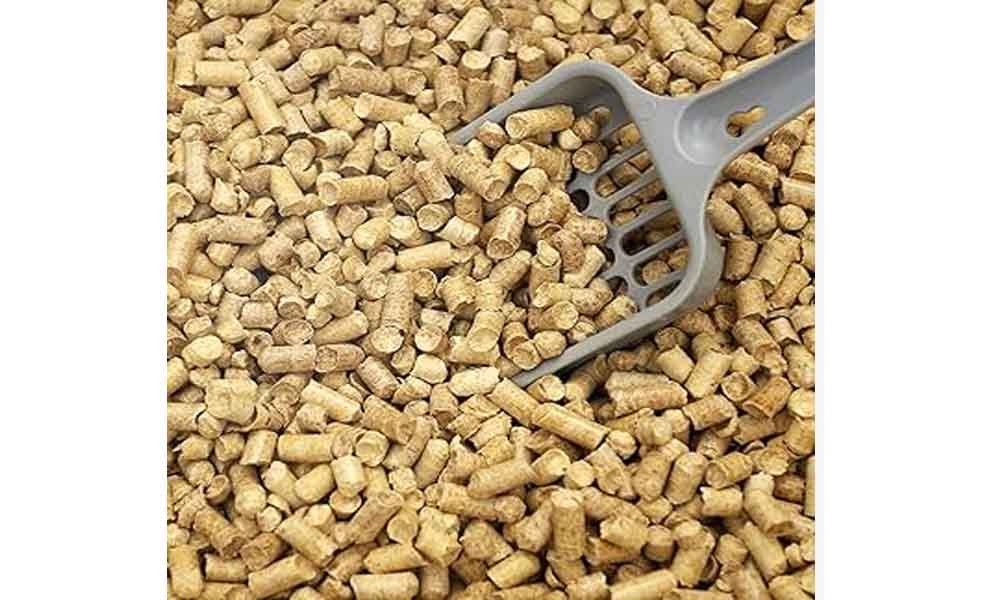
Composting Pine Wood Litter: A Sustainable Disposal Method
One of the most compelling benefits of pine litter is that it can be composted (if free from cat feces). You can use it to enrich non-edible plants and gardens, effectively closing the waste loop.
Composting Tips:
-
Separate urine-soaked pellets from feces
-
Use an outdoor compost system
-
Do not use composted litter on food crops
-
Turn the pile regularly for even breakdown
This makes pine litter not just better during use—but even after.
Making the Switch to Pine: What to Expect
Transitioning to pine litter is relatively easy, but here are a few tips:
-
Start by mixing pine pellets with your current litter type
-
Allow your cat to adjust gradually
-
Scoop solids daily and shake the box to expose fresh pellets
-
Fully change the litter weekly for best performance
Most cats take to pine naturally, and you’ll likely notice less odor, less dust, and a cleaner conscience right away.
Conclusion: Pine Wood Litter Is a Greener Choice for a Cleaner Future
When it comes to cat litter, what’s convenient for you can either help or harm the planet. After comparing the environmental impact of pine wood litter to traditional and modern alternatives, the choice is clear: pine offers the best balance of sustainability, effectiveness, and ease of use.
From its low-emission production process to its compostable nature, pine litter supports a more eco-conscious lifestyle without sacrificing cleanliness or comfort. By making the switch, you’re not just doing something good for your home—you’re also reducing your pet’s environmental pawprint.
So, next time you’re shopping for litter, consider going with pine. It’s a small change that makes a big impact—for your cat, your home, and the world around you.

